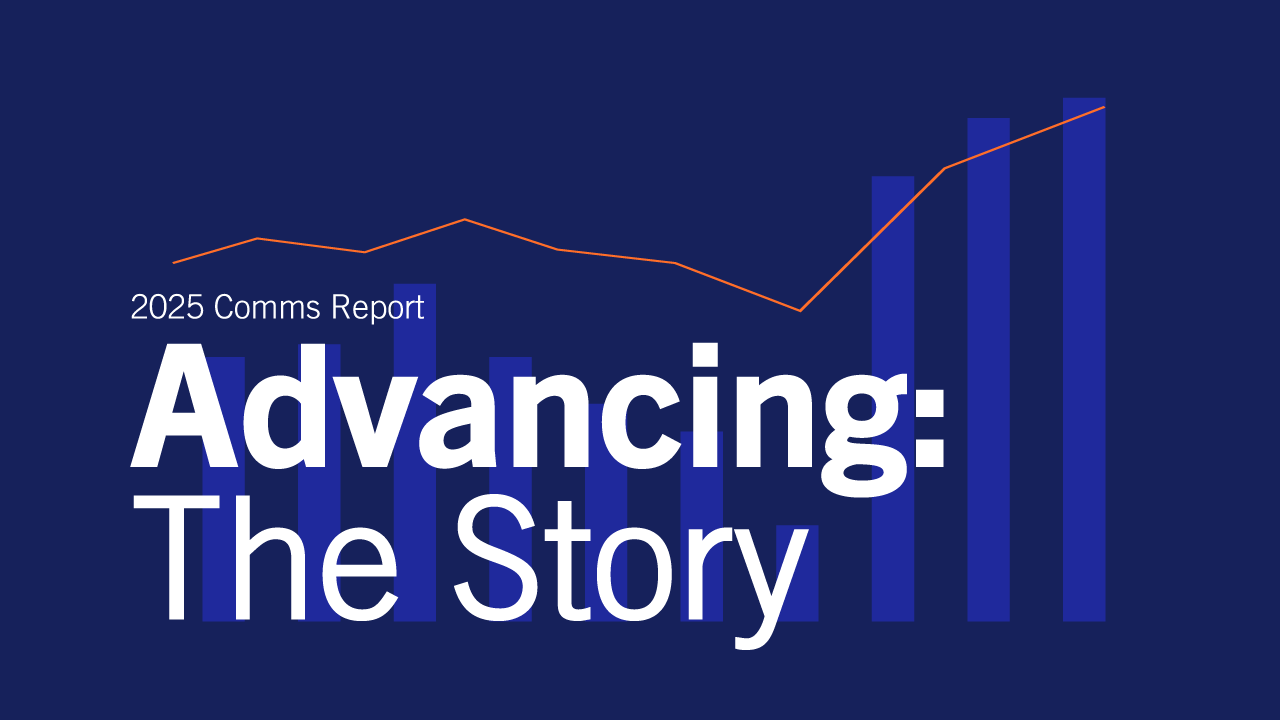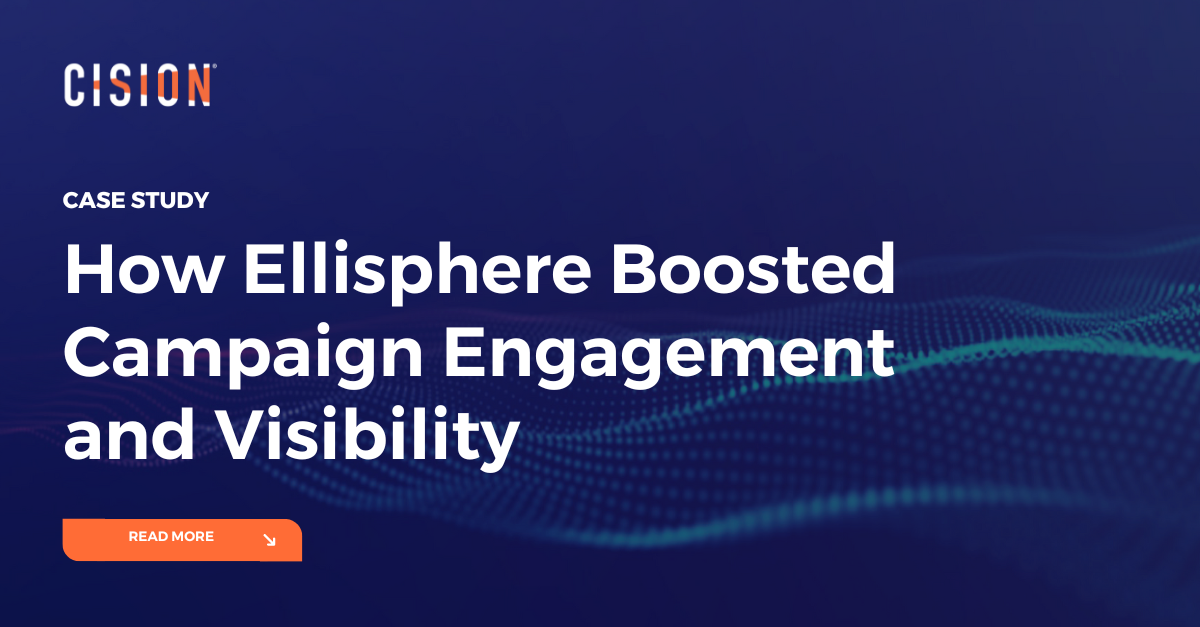In the last few years, events have been unfolding at high-speed, whether that be global pandemics, huge supply chain issues or more recently major wars in Europe. As a result, it's been difficult to keep up with what those changes mean for different brands, consumers and organisations.
Many of these major world events have accelerated trends that we've seen over a very long period in the media space. For instance, there’s been an increase proliferation of social media, a greater propensity to get news from less traditional sources and ongoing issues of trust.
If we take the example of a new car purchase journey, all these changes impact the steps that people will go through when it comes to making a purchase decision – particularly for such a big-ticket item that will often cost tens and, in some cases, hundreds of thousands of pounds.

Many of these changes have made things more complicated when it comes to understanding the steps that a consumer goes through before making a purchase. However, the traditional media funnel is still relevant, it's just the steps within it have become more complex. A very typical funnel that a consumer would move down through is:
Awareness
Interest
Consideration
Evaluation
Buy
Thirty years ago, audiences built their awareness from glossy magazines, advertising and word of mouth. But today, awareness can come from millions of different sources offering thoughts and opinions on a product. This all feeds into an ultimate evaluation and purchase decision.
Adding to the complexity is that every audience engages with each platform in different ways. For example, while you may not be selling a car to an 18-25-year-old today, they will be starting to form opinions about a brand and car they may go on to purchase in the future.
There are three key areas that really impact how consumers travel down that funnel before committing to buy, each of which are explored.
Media Fragmentation
Since the advent of the internet, we've seen a dramatic increase in the number of online and social media sources. From a personnel perspective, if you tracked my online engagement with news 15 years ago, you’d find me visiting the BBC, The Guardian, skysports.com, ESPNcricinfo, ign.com. My personal online behaviour hasn't changed a huge amount in terms of those first activities, although now I’ve added to this checking various social feeds.
It’s a very different story when looking at how Generation Z engages with the internet. They are the first generation to grow up with social media, whereas other previous generations may have experienced the internet before social media really took hold.
What does that mean for Gen Z? They go to social first rather than straight to news or specialist websites to get information. That’s backed up by Global Web Index, who confirm the majority of 18–30-year-olds claiming that their primary source for news and information is social media.
This represents a huge turning point within the communications industry. Most of the time we still see businesses with separate PR, advertising and social media teams, who are working towards the same aims and goals, but not always collaboratively. For those 18-30-year-olds who are getting their news and information from Twitter, TikTok or Snapchat, advertising is more prominent on those sites than on traditional news sites and this audience will also be seeing content from owned channels.
This emphasises the importance of working across different teams to make sure each is communicating with a clear and coherent voice to ensure positioning of everything from products to brand reputation and corporate activity is aligned. When crafting campaigns this means that the messages delivered must resonate whether they’re disseminated in a news website long-read or a 30-second social clip.
Meeting Audiences Where They Are
We know that multiple audiences can live on different platforms and consume varied types of content, so it’s crucial to always keep the funnel in mind: create consideration, evaluation and a purchasing decision within different audiences.
Think of a high-net-worth individual looking to purchase a new car, and willing to pay more for an environmentally friendly product. As you start to dig into that audience with Cision data, you begin to see similarities and differences. Those people are equally likely to be based in an urban environment as they are in a rural one. However, audiences who are more likely to be based in a rural environment are more likely to be older and more likely to want brands who feel like they are part of a community.
If we look at an urban audience, they are more likely to be younger and after innovative cutting-edge products. While there are a lot of similarities between those two audiences, if you're thinking about selling them a high-end electric vehicle, there’s a distinctly different messaging that you would want to focus on and amplify.
Our data also shows that while the two audiences have a lot of overlap in terms of the publications that they read, there are differences. The urban audience is more likely to be a social-first consumer, whereas the rural audience is more likely to be reading news websites and regional outlets. All of that allows you to craft messaging and campaigns that will speak to those audiences, where you're more likely to find them. And in an increasingly fragmented media space, meeting audiences where they are is critical to moving consumers through that funnel.
Trusted Media
The decline in media trust is a long-running trend that we've seen through the Edelman Trust Barometer and similar research. We often look at this on a very macro level, drawing the conclusion that say trust in news has declined over a 5–6-year period.
But when we look back more recently to 2020, lockdowns saw a change in media consumption habits and an explosion in numbers to traditional (and ‘trusted’) news sites such as BBC, The Guardian and The Times.
This reflects an issue I have with market research around trust; it will frequently cite that some of the declining trusted sources are social media, advertising and news sites, but counter to that some of the most trusted sources of information are expert opinion, opinions from people you trust, or opinions from people like you. In truth, we make our decisions based on a mix of different sources of information. ‘Trust’ can come from many places.
Things become far more relatable to a consumer when they reach the last two steps of the funnel – evaluation and looking to buy. For example, if you're going to spend a significant amount of money on a new car, you’ll be doing your due diligence, seeking out every automotive expert you can find. Who has reviewed the car? Is it a YouTuber, social influencer, automotive website or car section of a broadsheet? Are they adequately telling you the pros and cons of the model? A consumer is probably going to be doing this multiple times before making the ultimate purchase.
It is similar in the tech sector, where consumers are likely to flock to the likes of TechRadar and Which? before buying a laptop. The key takeaway when looking at the purchase journey is to keep exploring ways to meet these new audiences where they are and engage with them in that place – and in the right way.
It’s also crucial to understand that these publications and platforms are doing the same to make sure that they are continuing to grow and build out their own audiences. But it’s key to remember that any shifts in strategy shouldn’t be at the expense of what makes your brand strong, and the core audience that supports it.
Ready to see how Cision Insights can help transform your communications strategy? Schedule a consultation with one of our experts today.
Read more Cision Insights content:
Most Recent Posts
Cision Resources
-
E-books and Guides
Comprehensive how-to guides on strategy and tactics
-
Case Studies
What are other brands doing – and how can we learn from them?
About Barnaby Barron
Barnaby Barron is Head of EMEA Analysis at Cision, leading a team of over 150 analysts providing industry leading communications evaluation for some of the largest companies in the world. Barnaby graduated Cardiff University with a Masters in Physics before moving into communications consultancy, with more than 10 years experience in the industry Barnaby has held a number of roles running large global communication programmes before more recently moving into a leadership role at Cision.
Learn More. Do More. demo new
PR Tips, Case Studies, and Product Updates

[On-Demand Webinar] The Next Generation of Media Intelligence: From Gorkana to CisionOne
Explore CisionOne, a revolutionary media intelligence platform, and the evolution of Gorkana. Learn key features and strategies from Luke Williams, CisionOne Product Marketing Manager. Elevate your media outreach to new heights!


